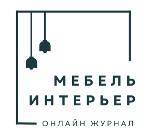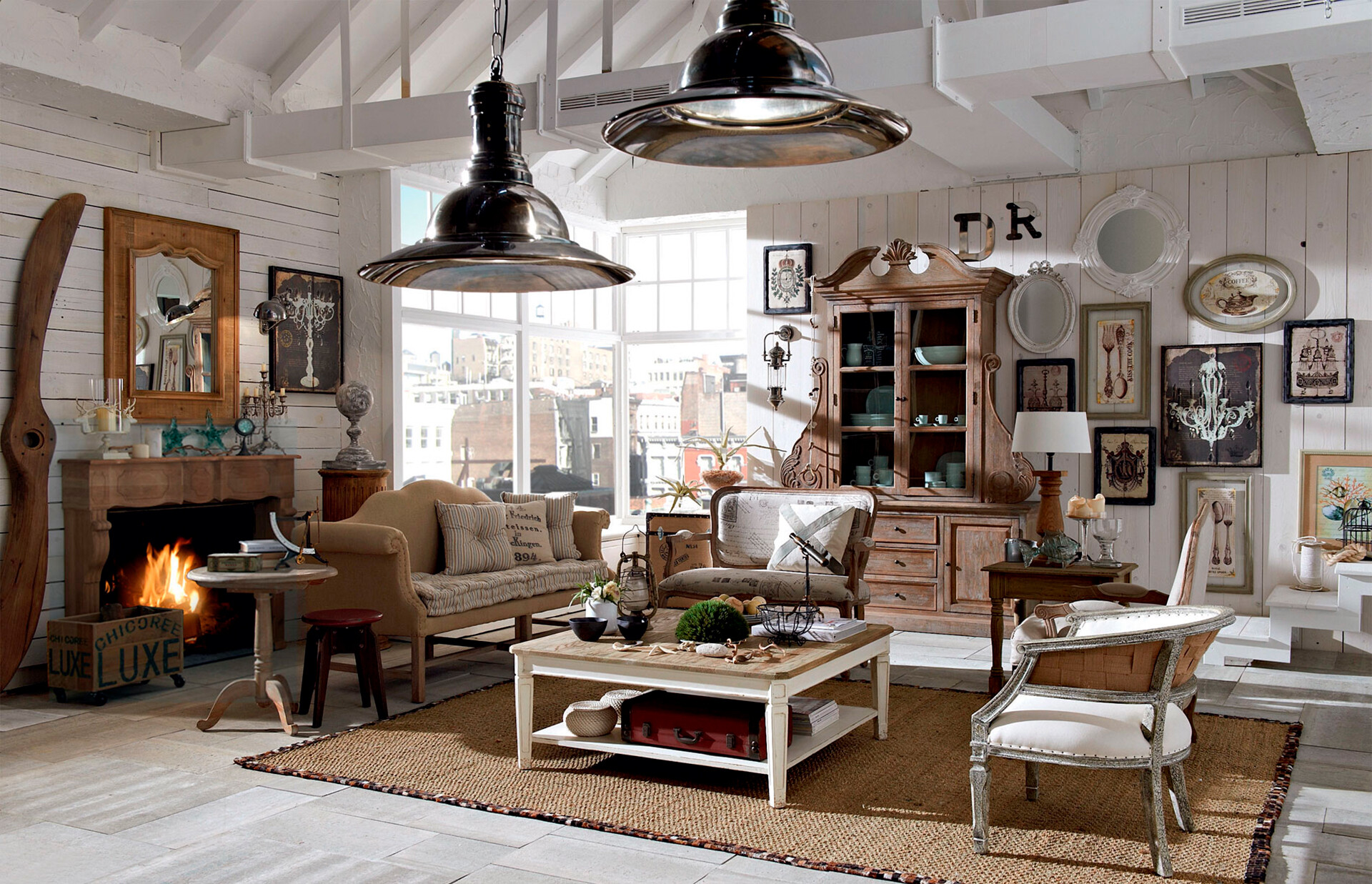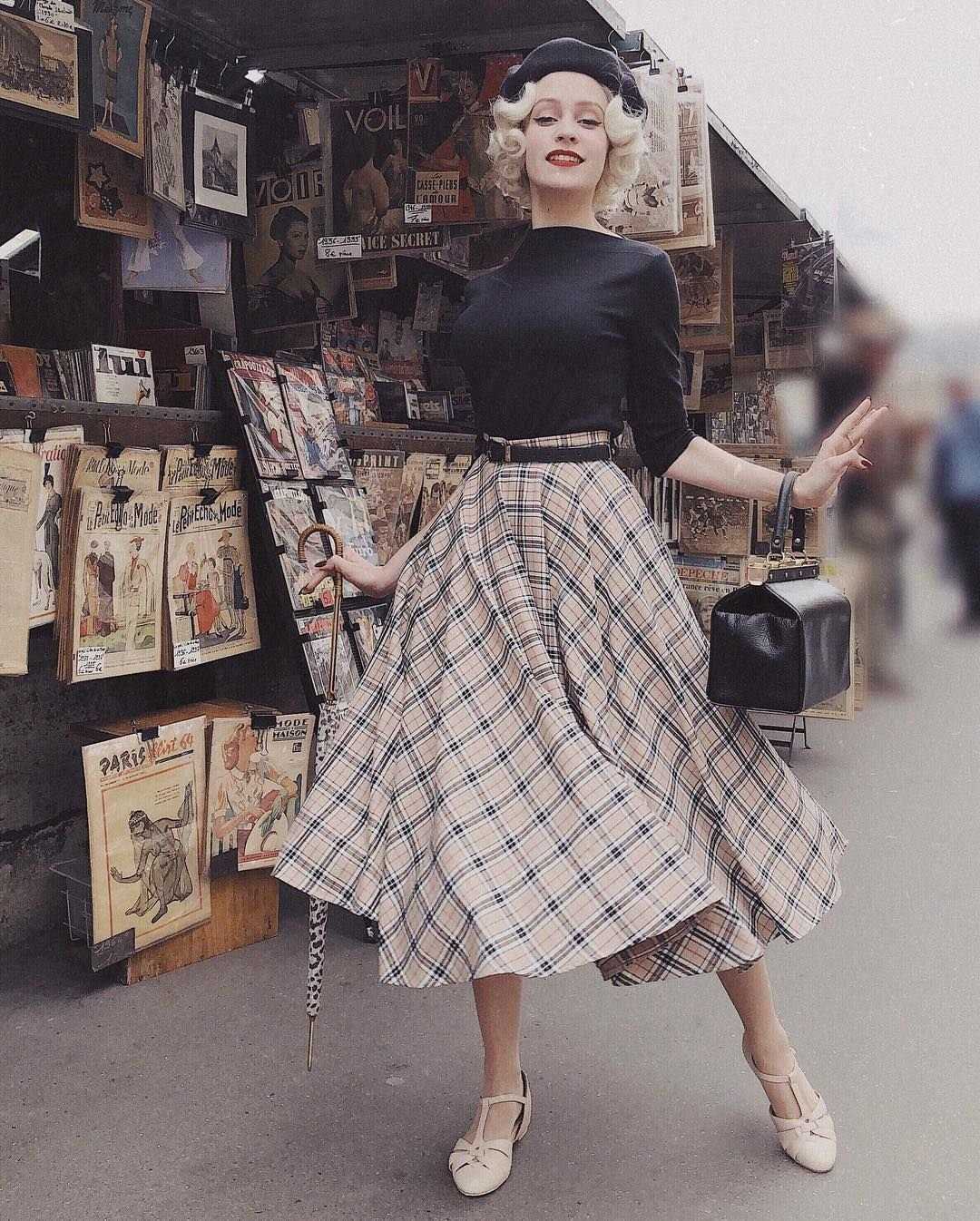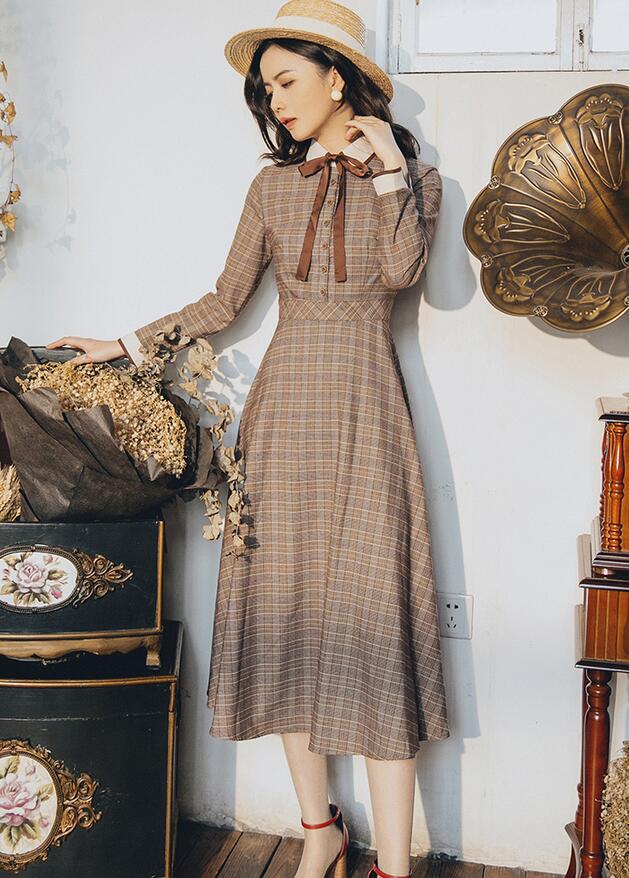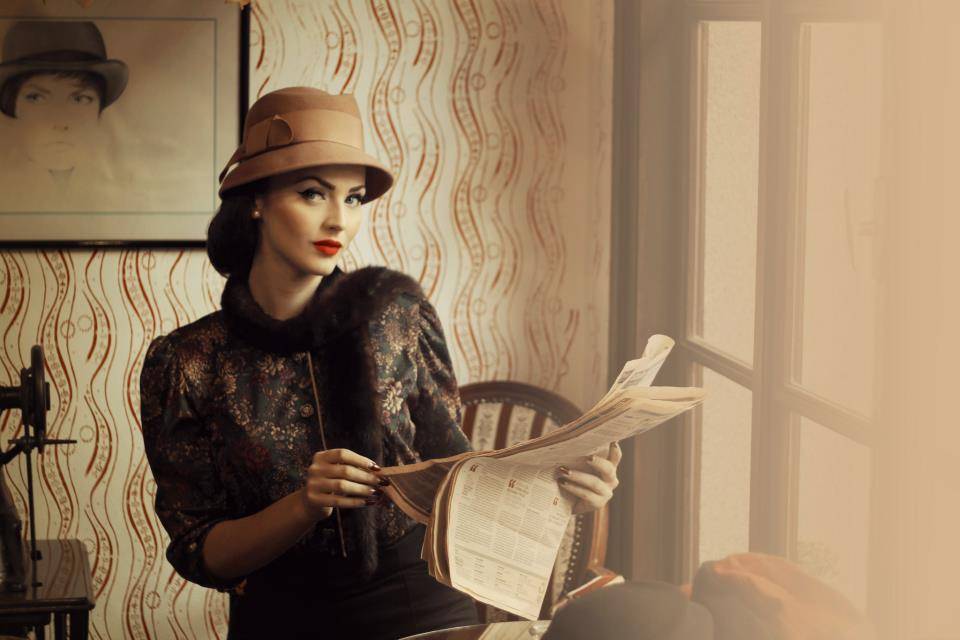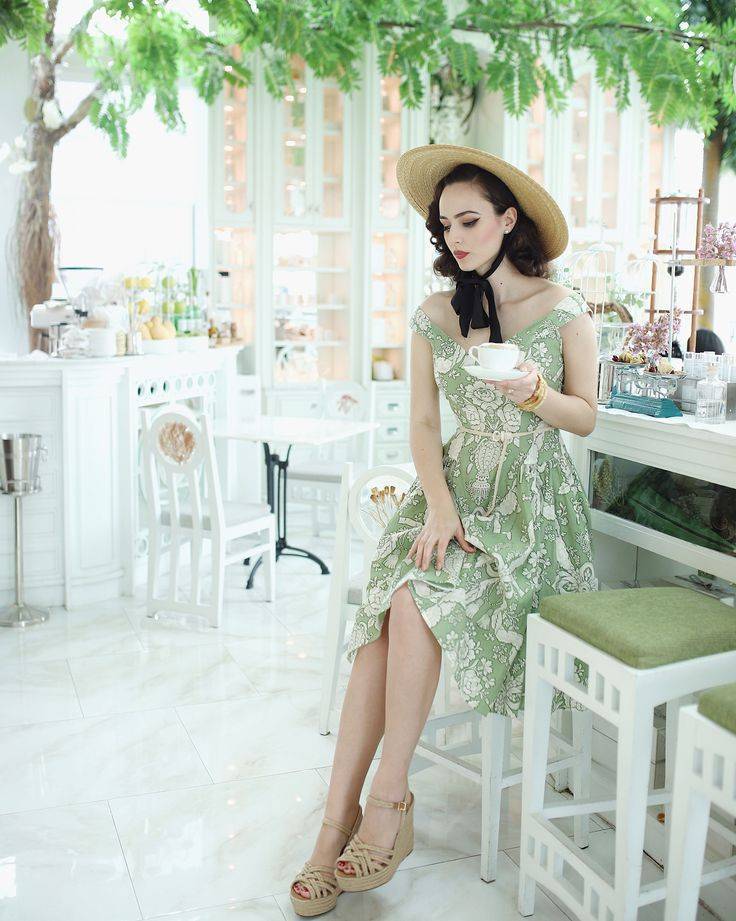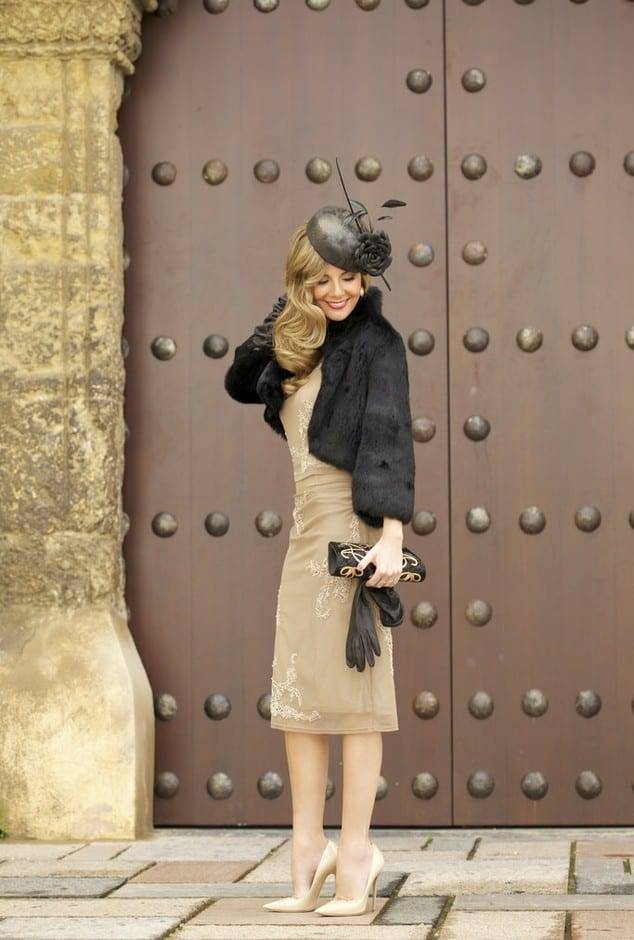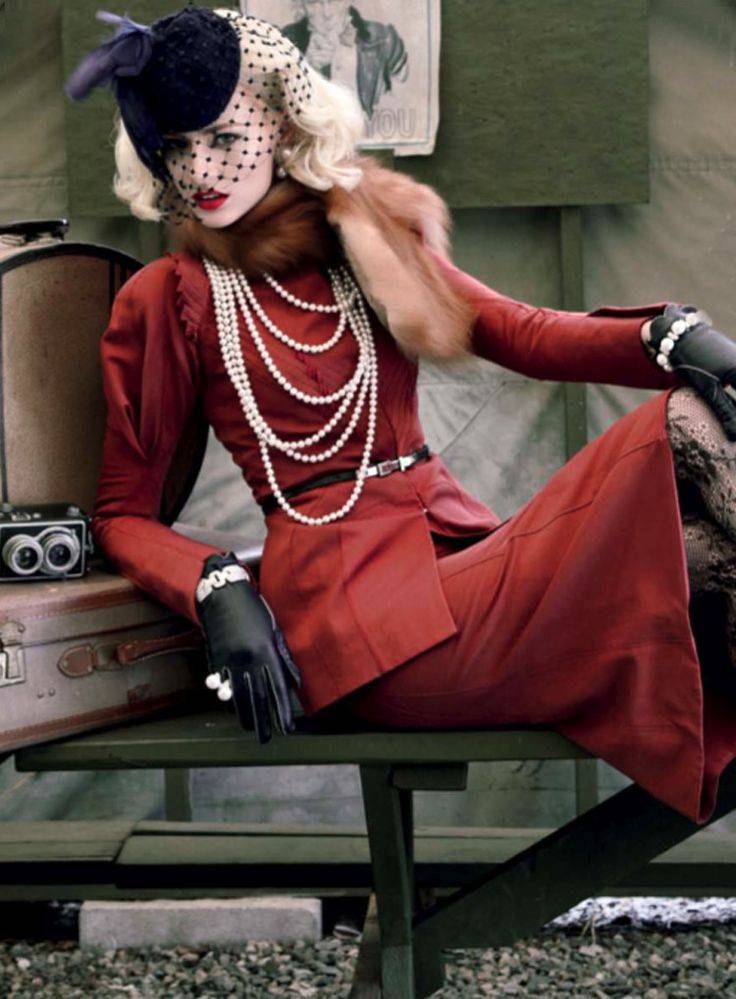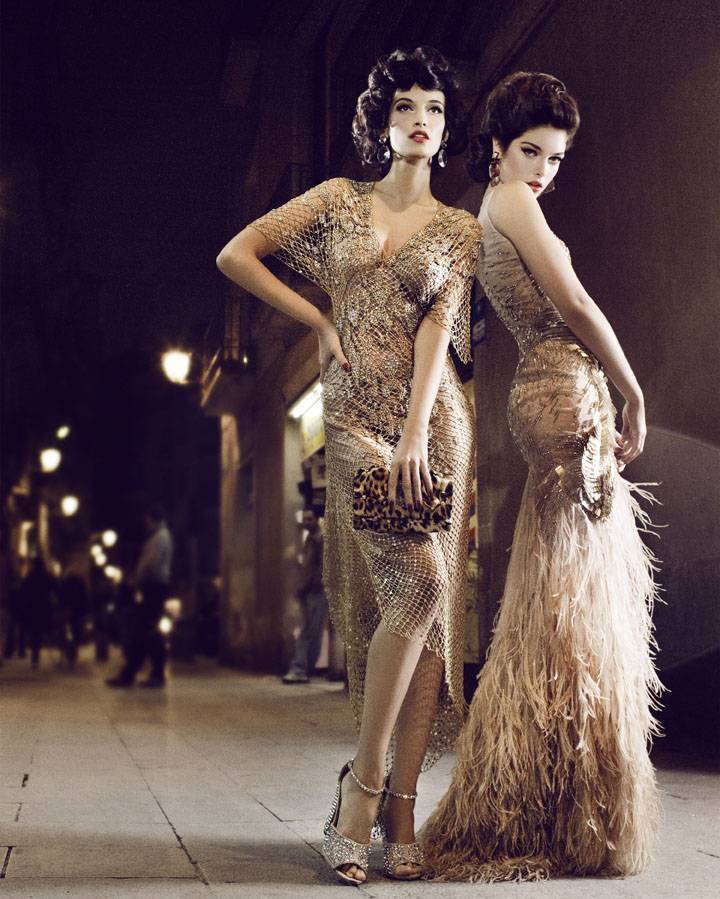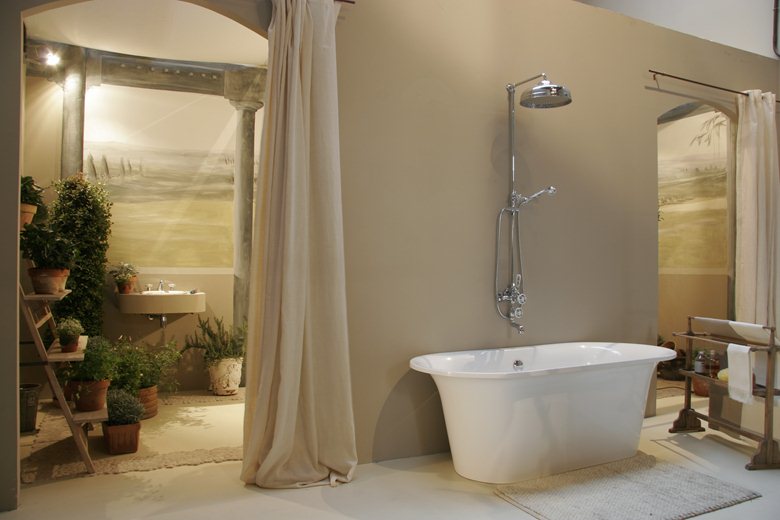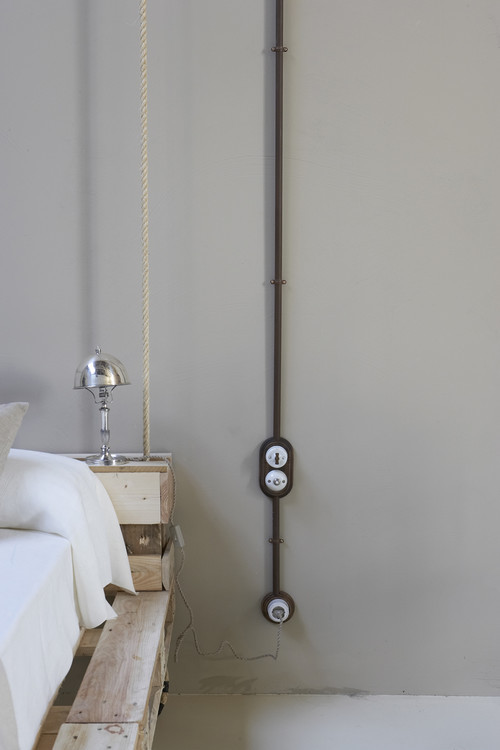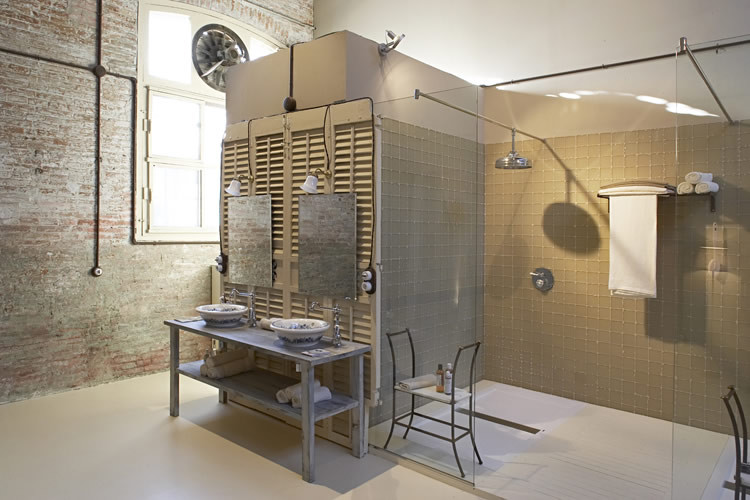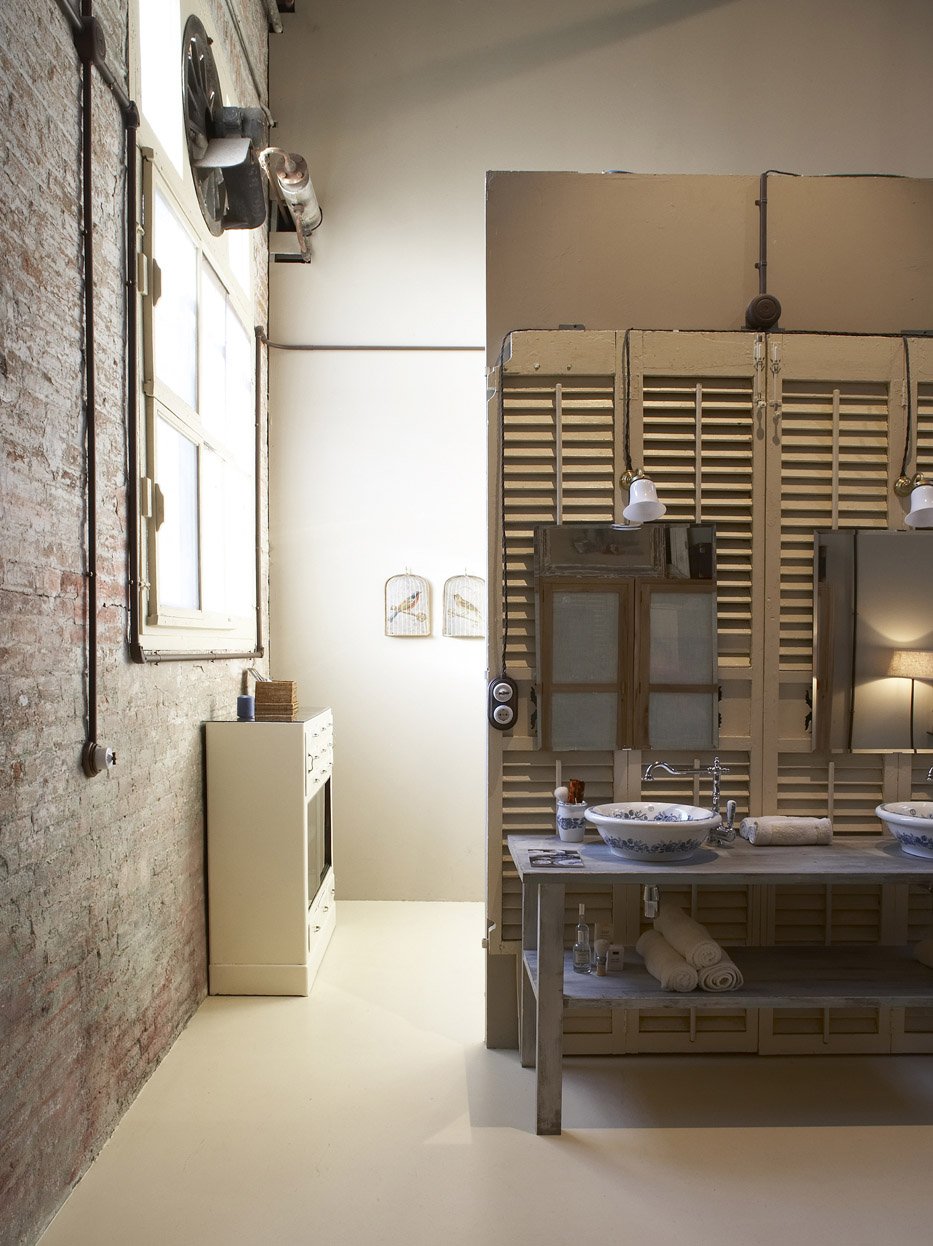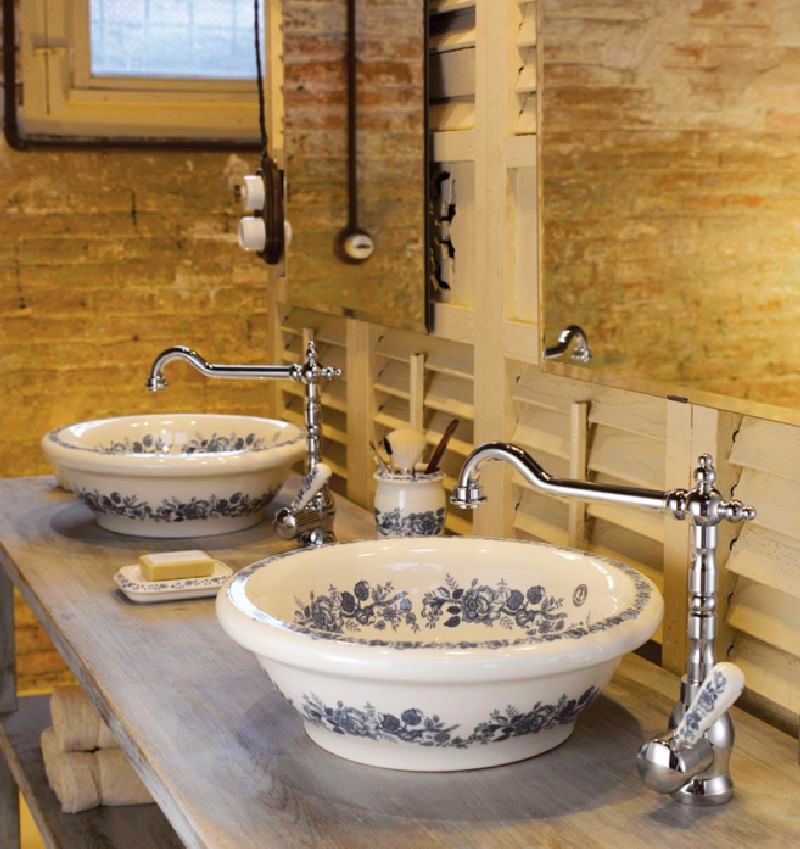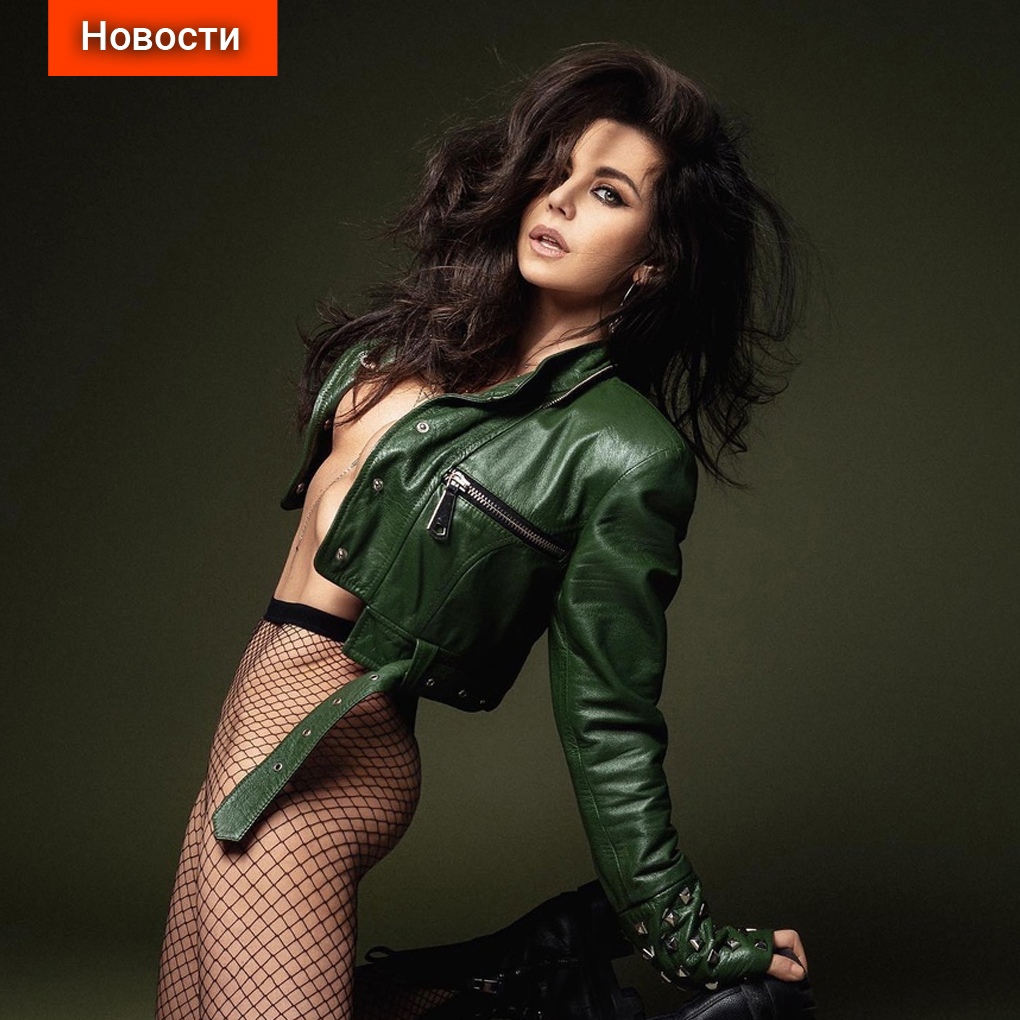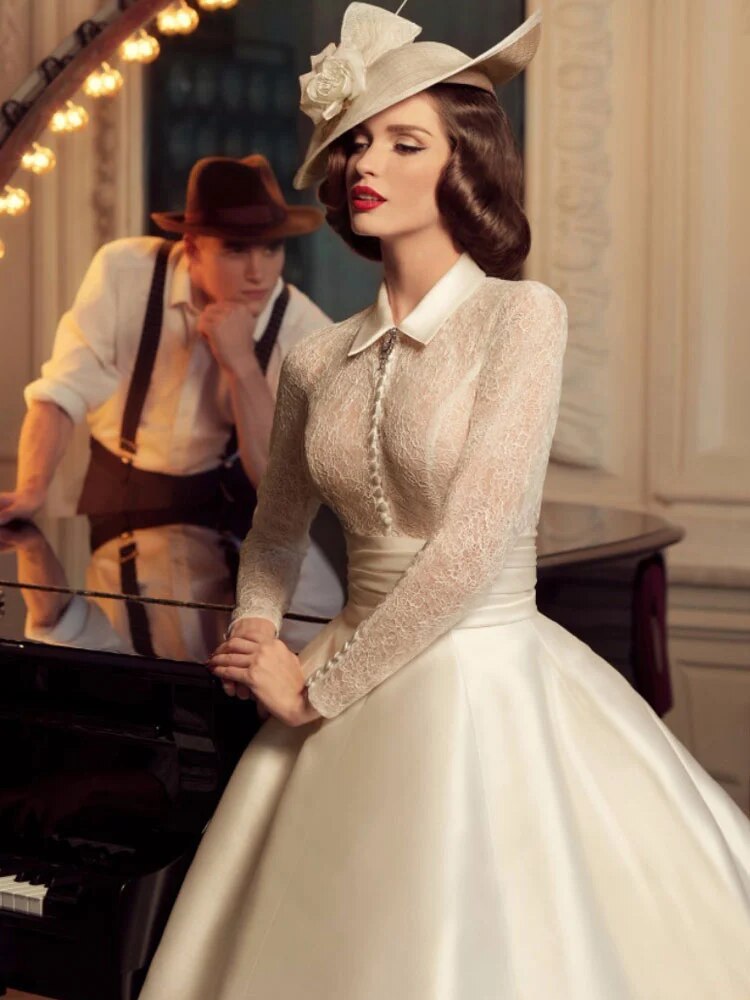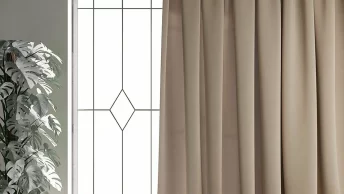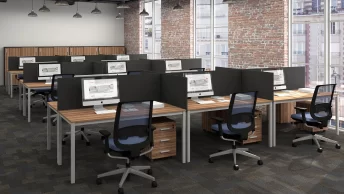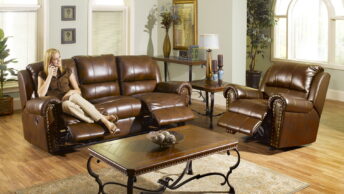Bringing ‘Sombras’ to Abu Dhabi
With its premiere taking place in Pamplona in October 2017, Sombras – which translates as shadows – was created to celebrate the 20th anniversary of the Sara Baras Flamenco Ballet Company, and a mood of self-reflection is evident. “Celebrating the 20th anniversary is a moment of looking back, but also looking to the future, thinking on so many things learnt in all these years,” Baras tells The National. “And it is about things left to achieve. I just want to continue dancing and building new projects with my team, which is the best.”
Mixing Broadway production values with the rugged spirit of a neighbourhood taverna, Baras has described Sombras as a “long farruca”, a passed-down dance form traditionally restricted to men. The style has been a staple of her 30-year stage career, and it’s likely that Baras learnt la farruca from her mother and first teacher, Concha Baras, growing up in San Fernando – a town on the coastline of Andalusia, the sun-baked, autonomous Spanish region renowned as the birthplace of flamenco and bullfighting alike. The hottest area of the European landmass, Andalusia was once “al-Andalus”, a Medieval Muslim domain, which accounts for flamenco’s distinct scales and Moorish musical language.
“I started dancing at the age of seven at my mother’s dance school,” recalls Baras, four decades later. “I learnt the discipline, respect and love for this art. I don’t have the feeling that my future was mapped out for me. I have danced since I was a child, and I never had this moment when I had to choose a career – I had it clear, it was inside of me, and I couldn’t imagine my life without it.”
Later training with greats including Ciro, Manolete, El Guito and Dania Gomez, Baras’s dancing career enjoyed an early break during the global spotlight of Seville Expo 1992, where she performed as part of renowned guitarist Manuel Morao’s show. A year later she won the Madrono Flamenco award at nearby Montellano and soon after she was invited to join singer Enrique Morente, and to tour with Paco Pena – now aged 76 and arguably the most visible flamenco guitarist working today.
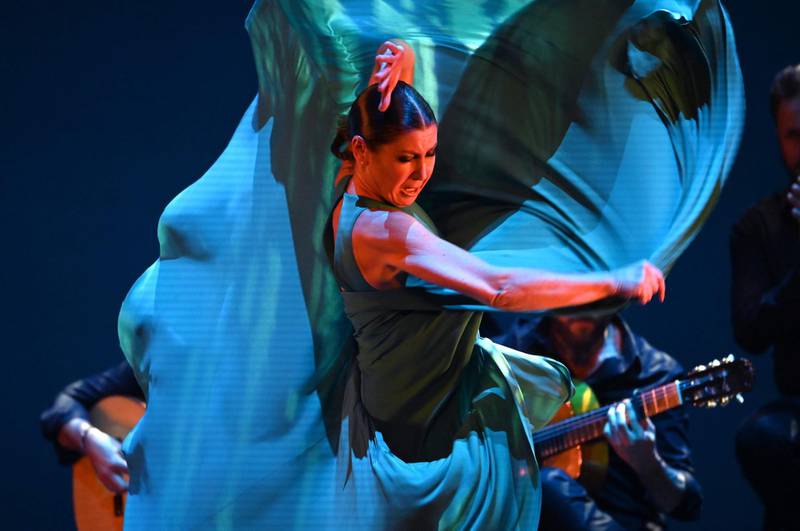 Sara Baras performs a scene from ‘Sombras’. AFP
Sara Baras performs a scene from ‘Sombras’. AFP
Анна Любан, владелица комиссионного магазина Second Friend Store
Последние пару лет рынок перепродажи одежды очень активно развивается. Но особенно мы ощутили рост во второй половине 2020 года. Сильно вырос интерес к ресейл-платформам как со стороны продавцов, так и со стороны покупателей. В ушедшем году мы приняли на продажу в два раза больше товаров, чем в 2019-м.
По объему продаж среди брендов уверенно лидирует Prada. Также в десятку лидеров входят Gucci, Louis Vuitton, Dries van Noten. Согласно нашим показателям, немного угас интерес к так называемому old Celine (одежда и аксессуары, выпущенные во времена Фиби Файло).
Наверное, я не открою Америку, сказав, что благодаря пандемии рынок полностью диджитализировался. Для нашего проекта это несомненный плюс. У нас давно стоит в планах отказаться от точки офлайн-продаж, так как при нашей бизнес-модели масштабировать офлайн-бизнес практически невозможно. Отношение к быстрой моде и гиперпотреблению, несомненно, изменилось. Но я не уверена, что на это повлияла пандемия. Это параллельный тренд, который начал набирать обороты уже давно. И именно благодаря этому тренду и начали активно развиваться такие проекты, как Second Friend Store.
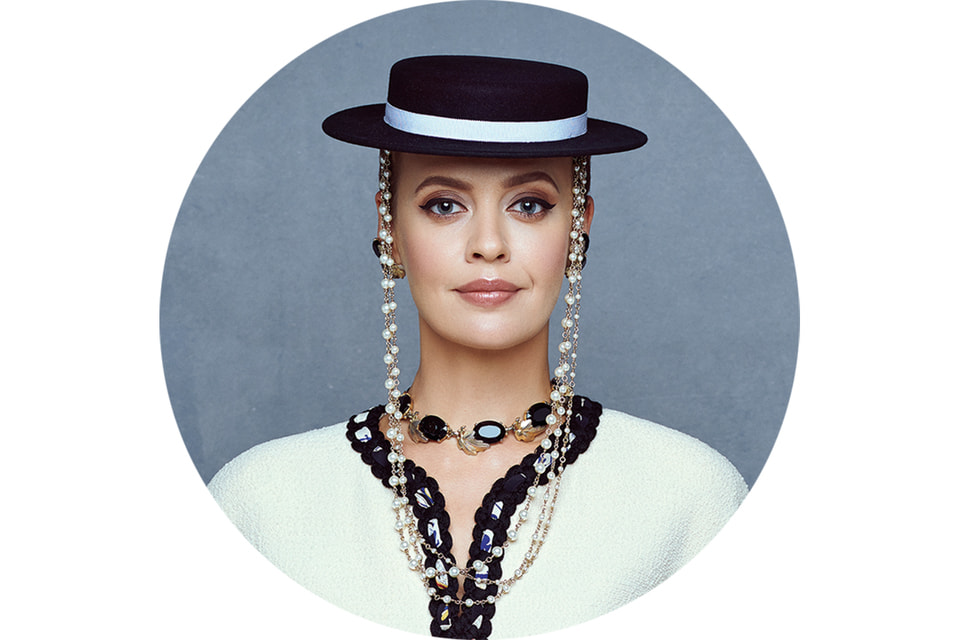
Из личного архива О. Лефферс
Ольга Лефферс
Returning to the UAE
Fittingly, Baras’s visit to Abu Dhabi comes almost exactly a decade after Pena’s visit to the capital. “He taught me to be tenacious, and that flamenco has no borders if you create from your heart,” Baras says of her former employer.
Baras made her UAE debut in October 2016 at Dubai Opera, presenting her previous programme Voces, a danced tribute to her personal flamenco heroes, which Baras says was also deeply inspired by the birth of her first child. “I have wonderful memories from that visit,” says Baras. “That was the first time that the company performed in the area, and seeing the wonderful response of the audience was simply amazing. It’s something we cannot describe with words.”
It was a triumphant night from the other side of the curtain, too – and a brave statement of intent from the then newly opened opera house. Reviewing that show for this newspaper, I indulged the theme that Baras’s feet have been described as her “not-so-secret” weapon, brazenly broadcasting the “brutal, irregular stutter of machine guns” to an awestruck audience.
“But later,” I continued, “there was as much sensitivity as threat found in her ferocious footwork, when the flamenco star slowed her feet to a few, lonesome clacks echoing out mournfully … Baras offers more than the mere technical precision for which she is famed – she plays her body like an instrument, transmitting emotions, joy and heartbreak, telling a story and casting a spell with her clacking feet and spinning limbs.”
Dancing from the heart
However, this is only half the story. As a performer, Baras’s gifts are self-evident – the fire and flair of her footwork undeniable – but this physical virtuosity is just the star attraction of a larger conceptual whole. Presentation is everything.
As a choreographer, Baras’s foundations are in taking flamenco forms – traditionally the music of Roma people and lower-class tavernas – and injecting the drama of theatre, the glitz of movies, and the rich colour of a pop music spectacle. Key in her meticulous chapter-by-chapter conceptual suites are musical director and guitarist Keko Baldomero, who writes and performs the original musical accompaniment live alongside a seven-piece band, and guest star, choreographer and male lead Jose Serrano, a long-time collaborator who also happens to be Baras’s husband.
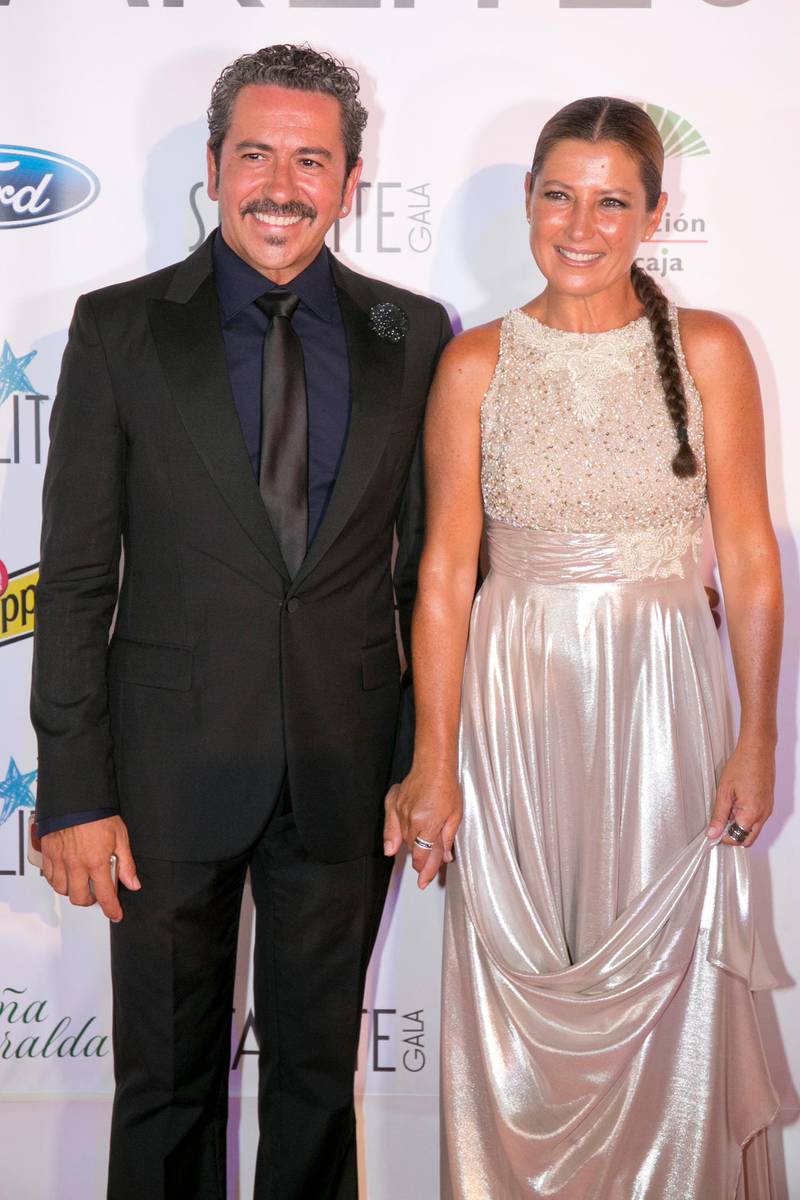 Sara Baras performs alongside husband Jose Serrano in ‘Sombras’. Getty
Sara Baras performs alongside husband Jose Serrano in ‘Sombras’. Getty
Both men perform in Voces and Sombras, while a fresh voice comes from Cadiz-born set designer Andres Merida, who painted the dramatic canvases lining Sombras’s shadowy stage. While Voces was defined by six gigantic portraits of her heroes – later swivelled around to reveal mirrors multiplying the number of Barases on stage – in Sombras her contorting frame is instead silhouetted by six glaring spotlights.
“Our intentions were and are to offer what we have in our hearts,” says Baras of the two productions. “The difference is the concept of the show, but most things remain: the passion, the energy and the teamwork.”
Looking towards the future
A month after her appearance in Abu Dhabi, Baras will turn 48, and it’s tempting to wonder how long she intends to command the spotlight in such a physically demanding trade. “I am going to approach my fifth decade and I have more energy than ever,” shesays. “I still have many things inside my heart to offer to the audience. For the following years, luckily, we have many projects.”
Whatever the future holds, it seems highly unlikely that Baras’s position as the world’s most prominent proponent of flamenco will be shaken, whether she is working from the centre or the side of the stage. It is not an enviable position to be the spokesperson for any art form, especially while trying to take its passion and power to a mainstream, international audience.
Much like how hip-hop culture is frequently reduced to the sonic aspects alone, flamenco is a quixotic but often misunderstood blend of music, dance and storytelling – is defined by the three forms of toque (guitar), baile (dance) and cante (song) – an everyman’s art form which is steeped in as much studied ritual and rigorous technique as any classical performance tradition.
“Flamenco is an amazing but very difficult art,” adds Baras. “The more you know about it, the more you realise that you need to learn. It is an art that goes beyond borders and gets into your heart. Thanks to our masters, it became a great art, very unique, where technique melts sentiments. Thanks to them, it is alive and rich. Flamenco is all about heart.”
Sombras by Sara Baras is at Emirates Palace Auditorium as part of Abu Dhabi Festival today at 8pm. Tickets from Dh175. For more information, visit www.abudhabifestival.ae
Лилит Рашоян и Наташа Гуляева, совладелицы ресейл-сервиса Lots
Во время локдауна самыми популярными вещами, пожалуй, стали спортивные костюмы, кашемир, кроссовки. Все то, в чем можно красиво и комфортно находиться в «заточении».
Сумки всегда продаются хорошо, даже когда нельзя было выходить на улицу. А сразу после локдауна люди стали покупать нарядные платья и яркие вещи, туфли на высоких каблуках.
Но вообще, конечно, пандемия повлияла на покупательскую способность: не было необходимости тратить деньги. И у многих произошла переоценка ценностей, стало понятно, что человеку не нужно 10 пар обуви одного цвета. Все стали вдумчивее относиться к покупкам, предпочитать одну дорогую и качественную сумку трем из масс-маркета.
Мы говорили об осознанном потреблении с самого начала и пришли к этому самостоятельно, а не так давно все заговорили об этом как о тренде. Ресейл-платформы перестали быть обычными сайтами, где можно приобрести или продать вещь, сейчас это и настоящий экотренд. Но в России это только начало – и мы рады быть причастными к этому.
Заира Келигова, соосновательница платформы Oskelly
Нельзя не заметить, что сегодня интерес к люкс-ресейлу и вообще интернет-шопингу сильно вырос. Мы, в частности, заметили, что в период пандемии значительно увеличилось количество выставляемых на продажу вещей. То же самое можно сказать и про профессиональных продавцов (речь о бутиках, с которыми мы сотрудничаем), на платформе Oskelly они кратно увеличили свой ассортимент. Пандемия сильно ударила по их офлайн-бизнесу, потому они активнее стали осваивать онлайн-каналы продаж.
Также покупатели стали разумнее относиться к потреблению, использовать только ту одежду, которую носишь. А та, что лежит в шкафу, может послужить другим, за небольшие деньги. На вторичном рынке сейчас нередко выставляются на продажу мало использованные или даже новые вещи, и в большинстве случаев – с существенным дисконтом к первоначальной цене. Да, парадигма поменялась, людям уже не так важна покупка непременно новой одежды. За последние несколько лет российская аудитория уже так или иначе адаптировалась к тому, что носить б/у – это вовсе не стыдно, а продавать вещи выгодно. Тренд на разумное потребление теперь стал привычным для современного общества. Заметнее всего меняется отношение к потреблению у молодёжи, молодое поколение озабочено проблемами экологии, и оттого трансформируется покупательское поведение.
Молодежь хочет часто менять наряды, не засоряя при этом окружающую среду. По данным BCG, именно молодые потребители наиболее активны на рынке секонд-хенда: 54% поколения Z (до 24 лет) и 48% миллениалов (25–37 лет) покупают luxury-товары на вторичном рынке. В более старших поколениях X и беби-бумеров этот показатель составляет всего 38% и 35% соответственно.
Мы искренне верим в то, что рынок ресейла будет стремительно развиваться. На сегодняшний день вторичный рынок развивается со скоростью 25% ежегодно, в то время как темпы роста ритейла составляют всего 3-5%.
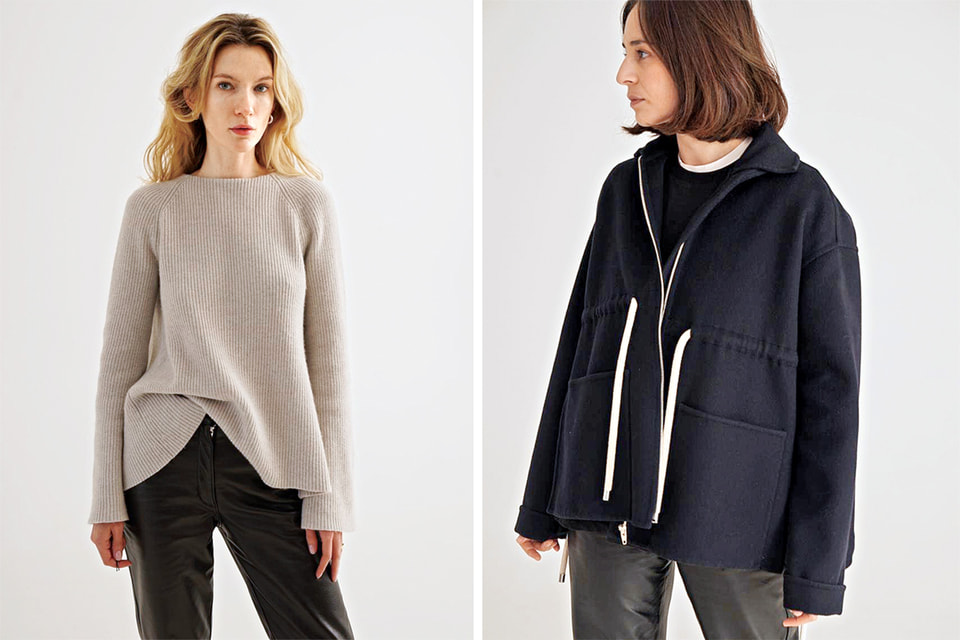
Из личного архива Л. Рашоян
Наташа Гуляева и Лилит Рашоян
Ольга Лефферс, коллекционер и историк моды, основательница галереи VintageDream
Мне кажется, люди в значительной степени потеряли интерес к быстро выходящим из моды вещам и вещам из масс-маркета низкого качества. И есть ряд причин, почему быстро меняющаяся мода стала уже не так привлекательна. Во-первых, стало гораздо меньше выходов в свет и значимых событий. То, что было в тренде и куплено в начале года, потеряло свою актуальность спустя месяцы самоизоляции. Во-вторых, такие яркие и нарядные вещи, предназначенные для выхода на мероприятие, используются единожды и потом долго висят в гардеробе. Для особенных случаев модницы все чаще стали пользоваться сервисами аренды одежды. И это полностью соответствует концепции разумного и умеренного потребления, которое сегодня стало важнейшим трендом.
В последнее время, в том числе и в России, появились специализированные сервисы, которые предоставляют услугу ресейла. Это отличная возможность перепродать те товары, которые тебе, возможно, не нужны, но кто-то другой будет с удовольствием их носить. Люди начинают понимать базовые ценности – такие, как здоровье, любовь, гармония, развитие, образование. И это вовсе не означает, что нужно отказываться от покупки одежды. Винтажная одежда имеет самое прямое отношение к актуальной концепции разумного потребления и к экологичной моде.
Что осталось неизменным? Думаю, что не потерялся и вряд ли потеряется интерес к вещам двух категорий. Во-первых, это проверенные временем наряды и аксессуары, которые не выходят из моды (как сумка Kelly или Birkin от Hermes и не менее знаменитая сумка 2.55 от Chanel). Вещи такого качества можно носить всю жизнь самому и потом еще передать по наследству. Во-вторых, это остромодные винтажные вещи определенных дизайнеров и периодов. Сейчас уже котируются вещи, которые были сделаны Карлом Лагерфельдом для Chanel в конце 80-х – начале 90-х гг. После смерти великого кутюрье люди начали сильнее ценить созданную им одежду и охотиться за ней. Зачастую подобные экземпляры стоят дороже, чем новые вещи в бутике.
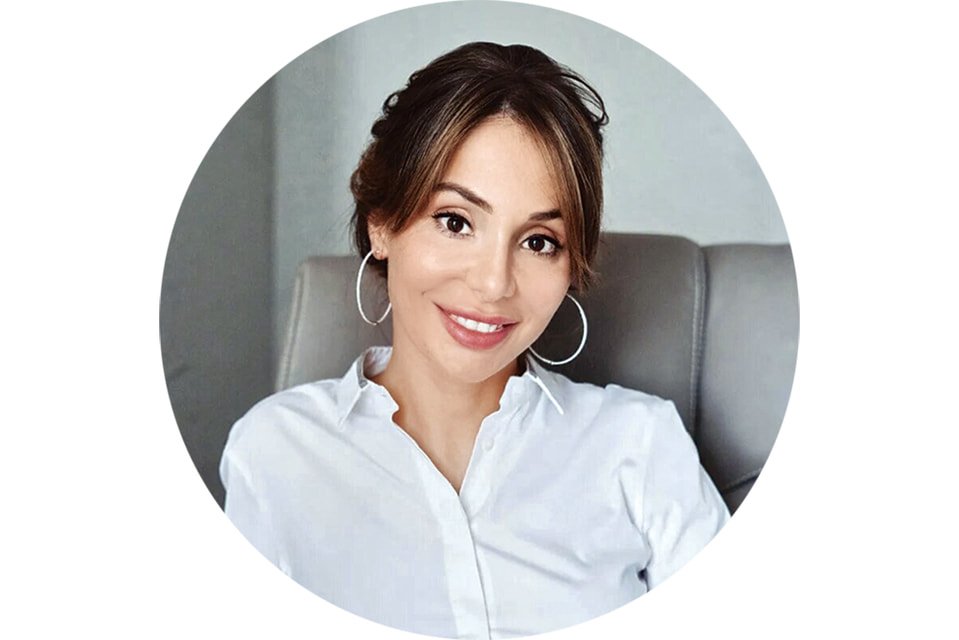
Из личного архива З. Келиговой
Заира Келигова
